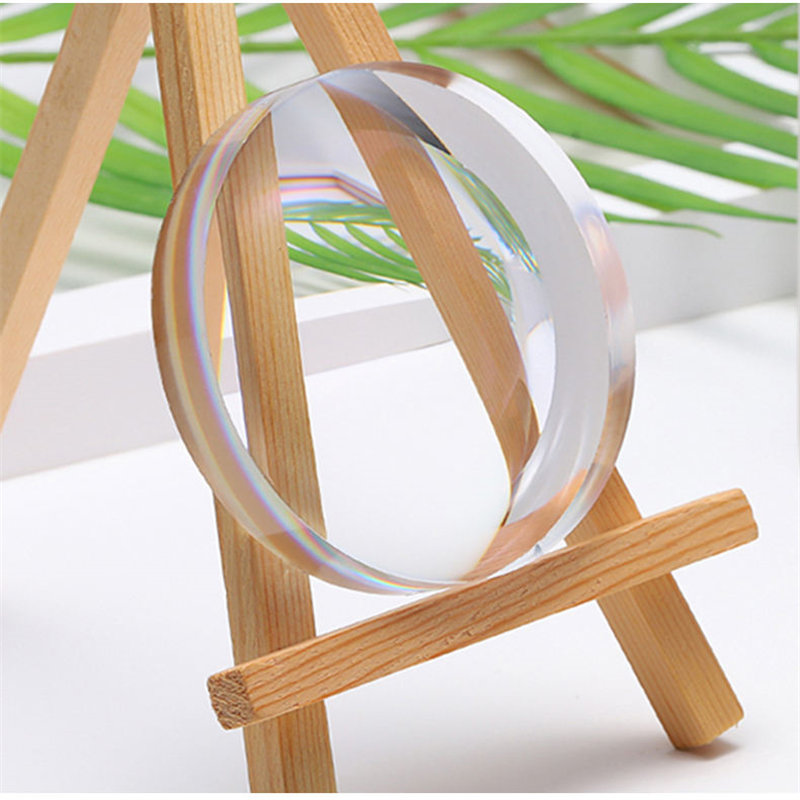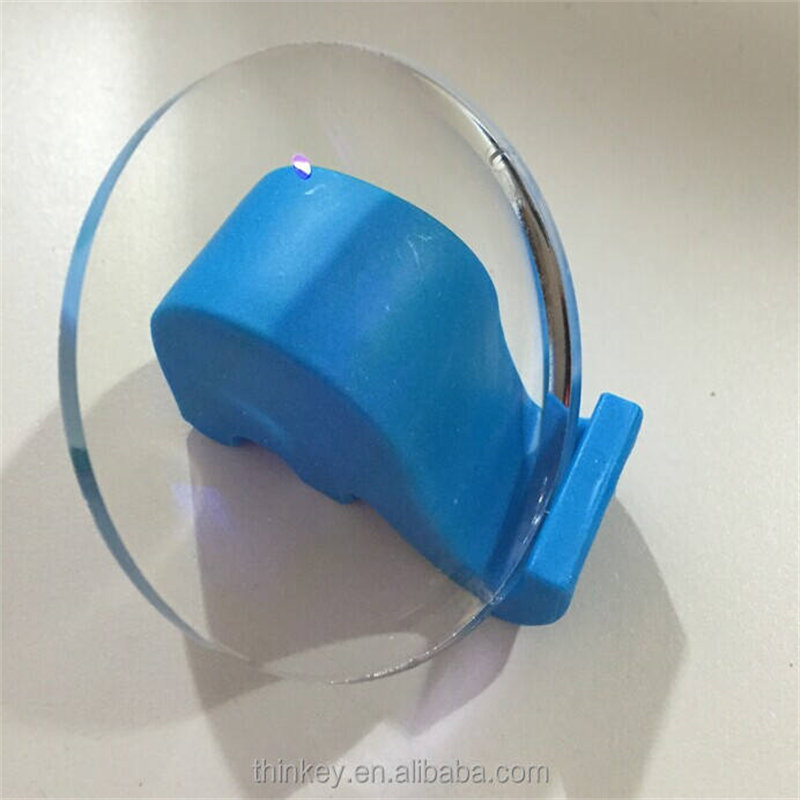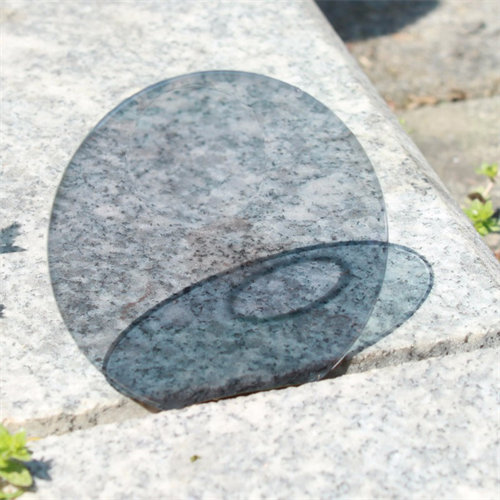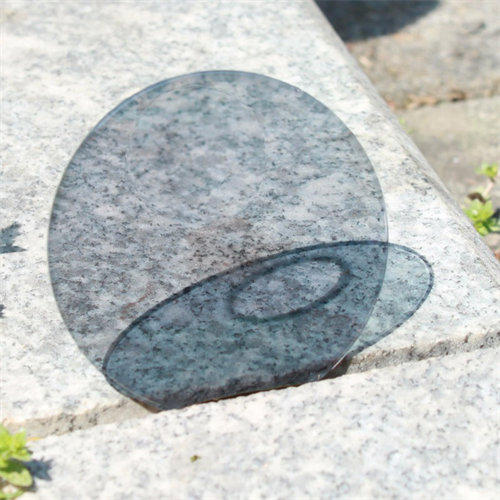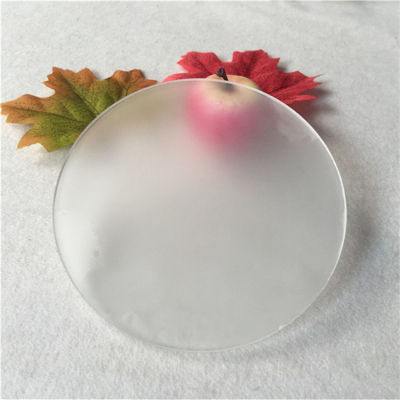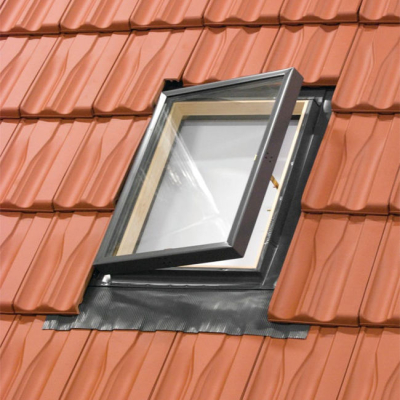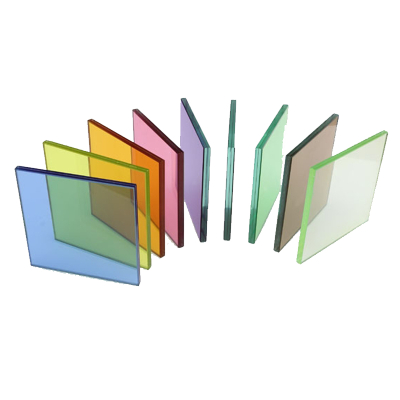Optical Glass
1. High transparency: Optical glass has excellent transparency, allowing light to pass through with minimal scattering or absorption. This property is crucial for optical applications where clarity and precision are required.
2. Low refractive index: Optical glass has a low refractive index, meaning it bends light less than other materials. This property helps minimize optical distortions and aberrations, resulting in high-quality imaging and accurate light transmission.
Product Description
Optical glass is a specialized type of glass that is designed for use in optical instruments and devices. It is made with precise composition and controlled manufacturing processes to ensure high optical clarity and performance. Optical glass is used in a wide range of applications, including camera lenses, microscopes, telescopes, and eyeglasses. It has excellent light transmission properties, low dispersion, and high refractive index, allowing for clear and sharp imaging. Optical glass can also be coated to enhance its performance, such as reducing reflections and improving scratch resistance. It plays a crucial role in the field of optics and enables the development of advanced optical technologies.
Product Advantages
1. High transparency: Optical glass has excellent transparency, allowing light to pass through with minimal scattering or absorption. This property is crucial for optical applications where clarity and precision are required.
2. Low refractive index: Optical glass has a low refractive index, meaning it bends light less than other materials. This property helps minimize optical distortions and aberrations, resulting in high-quality imaging and accurate light transmission.
3. High optical clarity: Optical glass is designed to have minimal impurities and defects, ensuring high optical clarity and minimal distortion. This is essential for applications such as lenses, prisms, and windows, where image quality and precision are critical.
4. Wide range of refractive indices: Optical glass is available in a wide range of refractive indices, allowing for the design and fabrication of various optical components with specific light-bending properties. This versatility enables the creation of complex optical systems and customized solutions.
5. High thermal stability: Optical glass exhibits high thermal stability, allowing it to withstand temperature variations without significant changes in its optical properties. This property is crucial for optical devices operating in extreme environments or undergoing temperature fluctuations.


